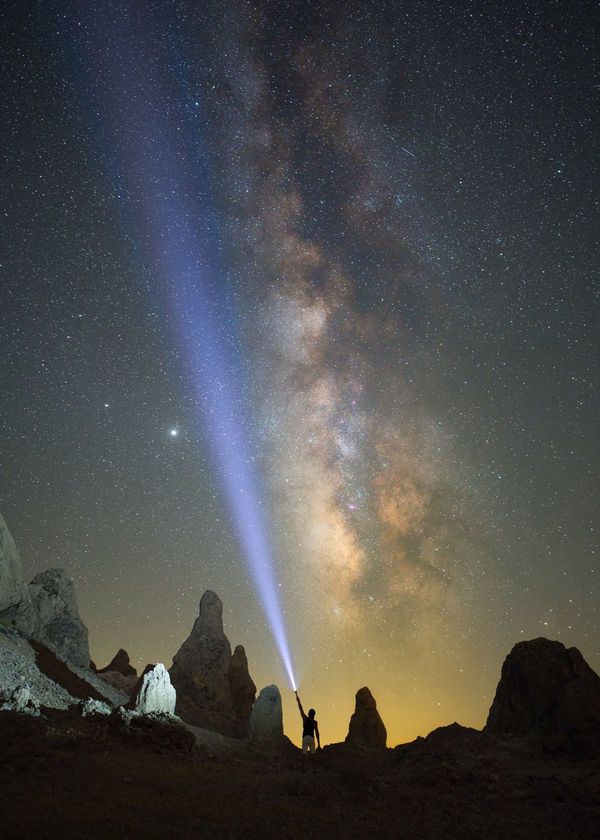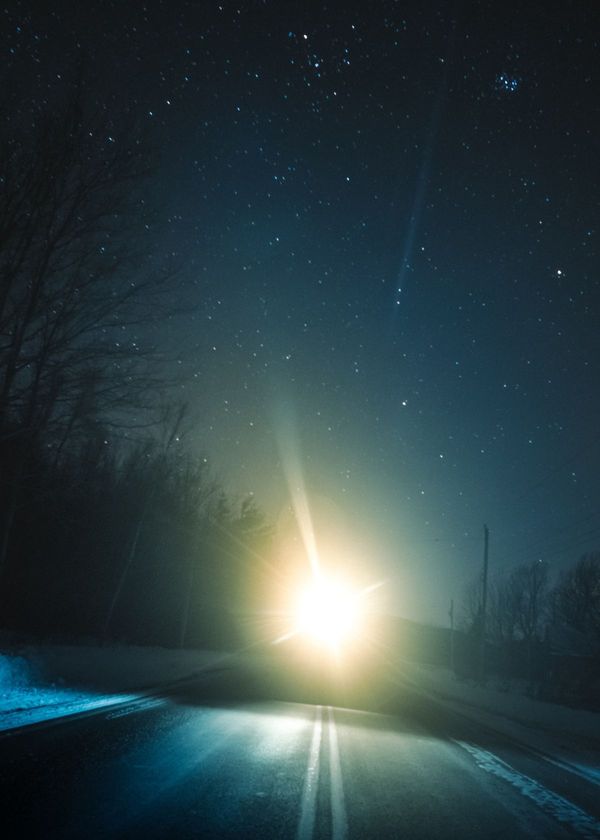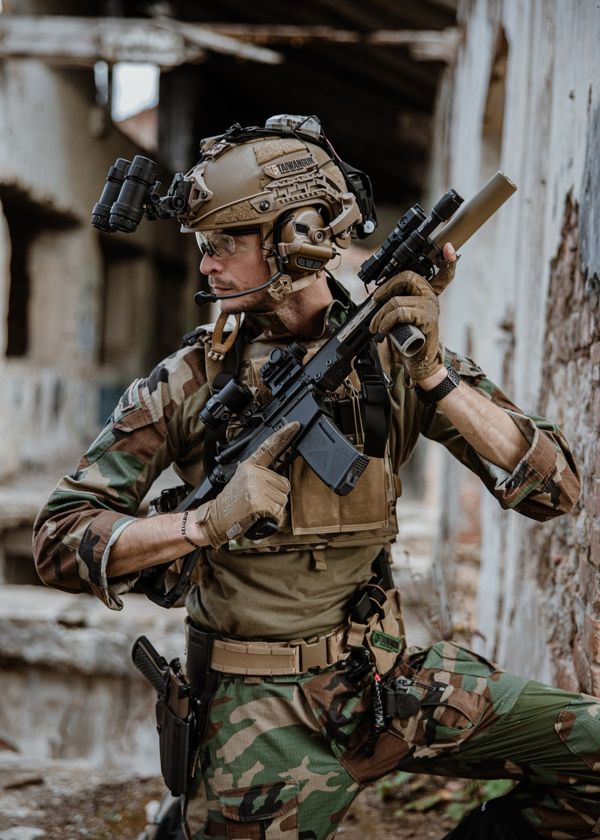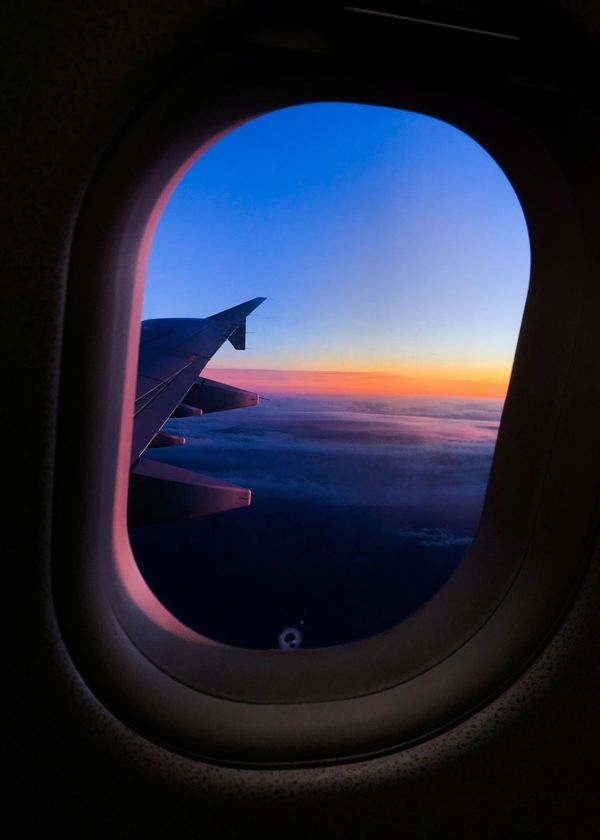Wonder if the world would look different in the dark?
With night vision goggles, you can explore a side of Earth you never knew existed. Enjoy midnight strolls through nature with crystal clear visibility or play pranks on your friends at night!
Get all these amazing experiences for just a fraction of what one might think – no matter your budget, there's a pair of night vision goggles out there for you!
Find the perfect pair of Night Vision Goggles that fit your needs and style

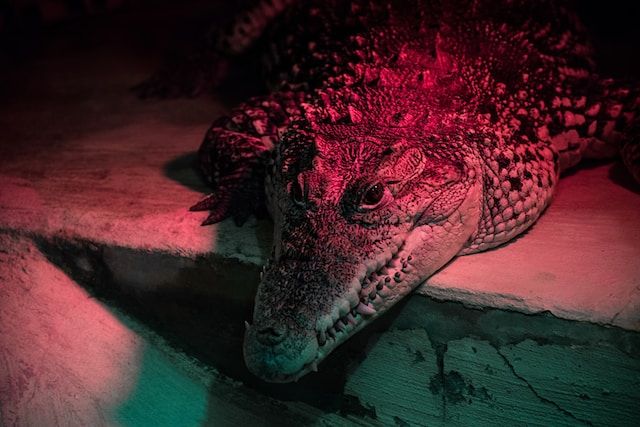

Night Vision Explained
Night vision is the ability to see in low-light conditions, either naturally with scotopic vision or through a night-vision device. Night vision requires both sufficient spectral range and sufficient intensity range.
Humans have poor night vision compared to many animals such as cats, foxes and rabbits, in part because the human eye lacks a tapetum lucidum, tissue behind the retina that reflects light back through the retina thus increasing the light available to the photoreceptors.
Types Of Ranges
Spectral range

The electromagnetic spectrum, with the visible portion highlighted
Night-useful spectral range techniques can sense radiation that is invisible to a human observer. Human vision is confined to a small portion of the electromagnetic spectrum called visible light.
Enhanced spectral range allows the viewer to take advantage of non-visible sources of electromagnetic radiation (such as near-infrared or ultraviolet radiation). Some animals such as the mantis shrimp and trout can see using much more of the infrared and/or ultraviolet spectrum than humans.
Intensity range
Sufficient intensity range is simply the ability to see with very small quantities of light.
Many animals have better night vision than humans do, the result of one or more differences in the morphology and anatomy of their eyes.
These include having a larger eyeball, a larger lens, a larger optical aperture (the pupils may expand to the physical limit of the eyelids), more rods than cones (or rods exclusively) in the retina, and a tapetum lucidum.
Enhanced intensity range is achieved via technological means through the use of an image intensifier, gain multiplication CCD, or other very low-noise and high-sensitivity arrays of photodetectors.
Night Vision Technologies
Night vision technologies can be broadly divided into three main categories: image intensification, active illumination, and thermal imaging.
Image intensification
This magnifies the amount of received photons from various natural sources such as starlight or moonlight. Examples of such technologies include night glasses and low light cameras.
In the military context, Image Intensifiers are often called "Low Light TV" since the video signal is often transmitted to a display within a control center.
These are usually integrated into a sensor containing both visible and IR detectors and the streams are used independently or in fused mode, depending on the mission at hand's requirements.
Active Illumination
Active illumination couples imaging intensification technology with an active source of illumination in the near infrared (NIR) or shortwave infrared (SWIR) band. Examples of such technologies include low light cameras.
Active infrared night-vision combines infrared illumination of spectral range 700–1,000 nm (just over the visible spectrum of the human eye) with CCD cameras sensitive to this light.
The resulting scene, which is apparently dark to a human observer, appears as a monochrome image on a normal display device.
Thermal vision
Thermal imaging detects the temperature difference between background and foreground objects. Some organisms are able to sense a crude thermal image by means of special organs that function as bolometers.
This allows thermal infrared sensing in snakes, which functions by detecting thermal radiation.
Thermal imaging cameras are excellent tools for night vision. They detect thermal radiation and do not need a source of illumination. They produce an image in the darkest of nights and can see through light fog, rain, and smoke (to a certain extent).
Thermal imaging cameras make small temperature differences visible. They are widely used to complement new or existing security networks, and for night vision on aircraft, where they are commonly referred to as "FLIR" (for "forward-looking infrared").
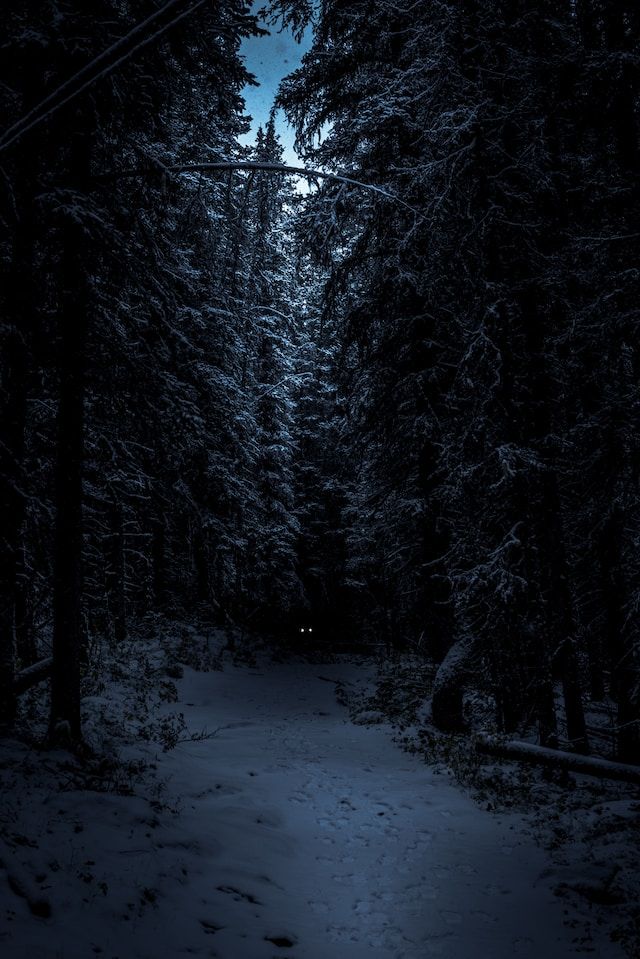
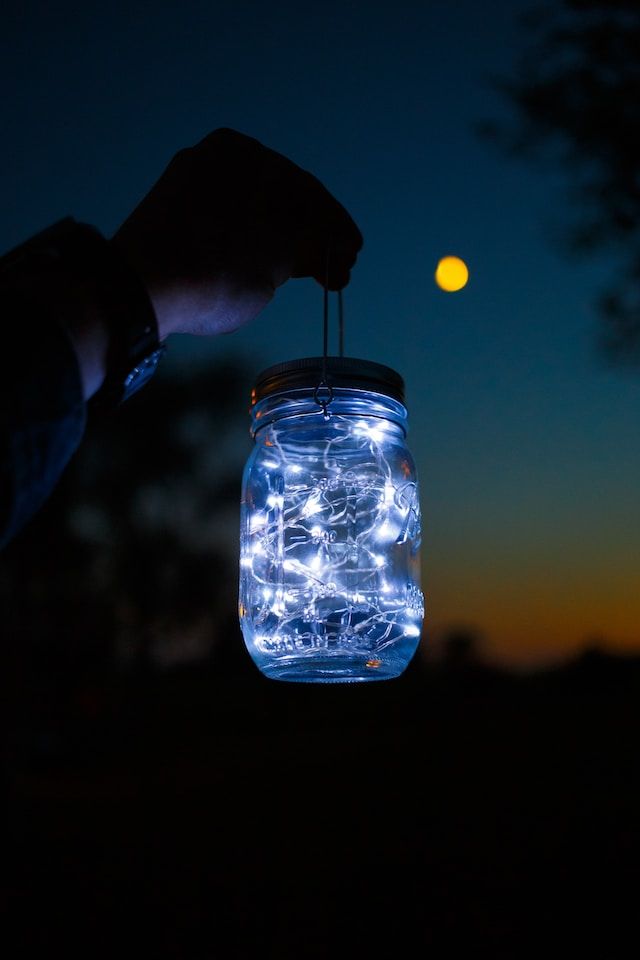
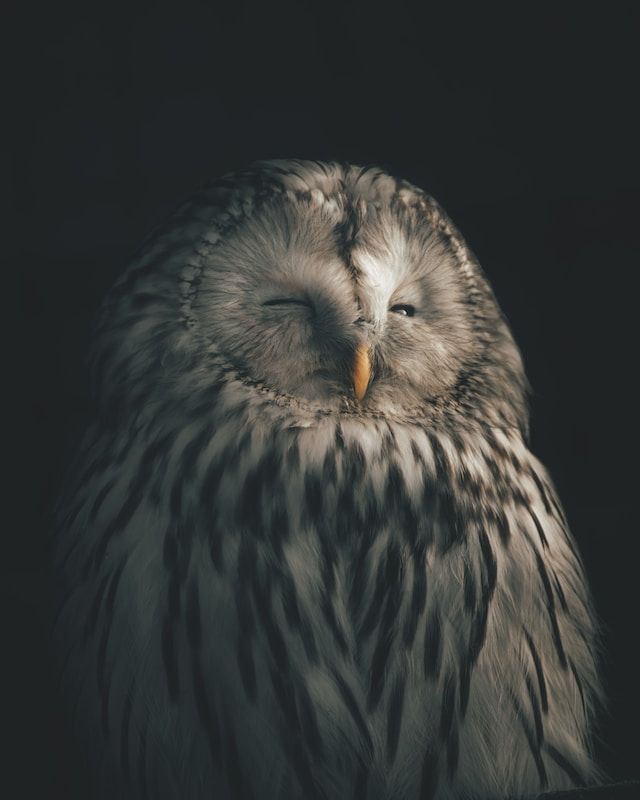
How Much Do Night Vision Goggles Cost
Night vision goggles are an essential tool for anyone who needs to see in the dark. Whether you're a hunter, security guard, or military personnel, night vision goggles can help you see clearly in low light conditions.
Here is a breakdown of some of the most popular night vision goggles available on the market today:
- L3Harris GPNVG Ground Panoramic Night Vision Goggle: $40,399.00 - $41,499.00
- ArzzuNiu Head-Mounted Night Vision Goggles: $299.99
- AGM Global Vision Night Vision Goggles: $2,999.00
- ATN Night Vision Goggles: Starting at $1,799.00
- US Night Vision Goggles: Starting at $1,295.00
How To Use Night Vision Goggles
Whether for fishing, camping, or nature watching, night vision has made significant advances and has become affordable to the general consumer.
In the case of nature observation, which is our main consideration with these devices, there are many animals and birds that only become active at night and a good night vision device can be an invaluable tool.
Nocturnal Animals
Nocturnal animals sleep during the day for various reasons. Most nocturnal animals sleep during the day and are active at night in order to avoid predators that are active during the day
Examples of nocturnal animals include:
- Bats
- Skunks
- Aardvarks
- Owls
Not only are there many critters and birds that are primarily nocturnal (active at night), many of the diurnal (primarily active in the daytime) animals and birds will allow much closer approaches from observers in the dark.
Night glasses are single or binocular with a large diameter objective. Large lenses can gather and concentrate light, thus intensifying light with purely optical means and enabling the user to see better in the dark than with the naked eye alone.
Often night glasses also have a fairly large exit pupil of 7 mm or more to let all gathered light into the user's eye. However, many people cannot take advantage of this because of the limited dilation of the human pupil. To overcome this, soldiers were sometimes issued atropine eye drops to dilate pupils.
Night vision systems can also be installed in vehicles. An automotive night vision system is used to improve a vehicle driver's perception and seeing distance in darkness or poor weather.
Such systems typically use infrared cameras, sometimes combined with active illumination techniques, to collect information that is then displayed to the driver. Such systems are currently offered as optional equipment on certain premium vehicles.
Night Vision Goggles FAQs
Are you ready to take your vision to the next level but don’t know where to start?
No one should be left in the dark when it comes to night vision technology. The technical jargon and endless product specs can leave even experienced users feeling overwhelmed.
Look no further! Let us introduce you to our Night Vision FAQs, guaranteed to help you navigate the world of night vision technology with ease. We’ll have you seeing clearly in no time.
How do night vision goggles work?
Have you ever wondered how they make those pitch-black nights look like daylight? Well, night vision goggles work by amplifying the dim ambient light present in the environment and turning it into visible light.
The technology behind these goggles is pretty advanced - they use special lenses to capture and focus any available light, even starlight or moonlight!
They then use image enhancement and light amplification to produce an image that our eyes can perceive.
So whether you're on a covert night mission, hunting at night, or just taking a midnight hike in the wilderness, night vision goggles will definitely come in handy.
What is the best night vision goggle?
This is a tricky question because it can depend on what you're using the goggles for. If you're a Navy SEAL on a covert mission, you'll need different night vision goggles than someone who's camping in the woods.
However, there are a few brands and models that consistently receive high ratings from users, such as the PVS-14 Gen 3 AN/ PVS-14 Multi-Purpose Night Vision Monocular.
It's known for its durability, versatility, and long battery life. Another popular option is the Night Owl iGEN 20/20 Day/Night Vision Monocular, which can be used during the day and night, making it incredibly versatile.
Ultimately, the best night vision goggle for you will depend on how you plan to use it, so be sure to do your research and choose one that fits your specific needs.
Are night vision goggles legal?
Yes, night vision goggles are legal to own and use in most countries, including the United States.
However, the use of night vision goggles might be regulated in certain situations, such as hunting regulations or military operations. It's essential to understand the laws in your area and use your night vision goggles responsibly.
If you're uncertain about whether or not you can legally use night vision goggles in your specific situation, it's best to consult with your local authorities to ensure you are not breaking any laws.
Whether you're a hunter, hiker, military personnel, or simply someone who enjoys nighttime adventures, night vision goggles offer improved safety and visibility in low-light conditions.
With their ability to amplify ambient light and enhance images, these devices have changed the way we view the world after dark. By investing in night vision goggles, you can deepen your nighttime experiences, protect yourself from harm, and enjoy the world in a whole new light.
We've done the research so you don't have to! To browse our Top Picks for Best Night Vision Goggles please click the link below!
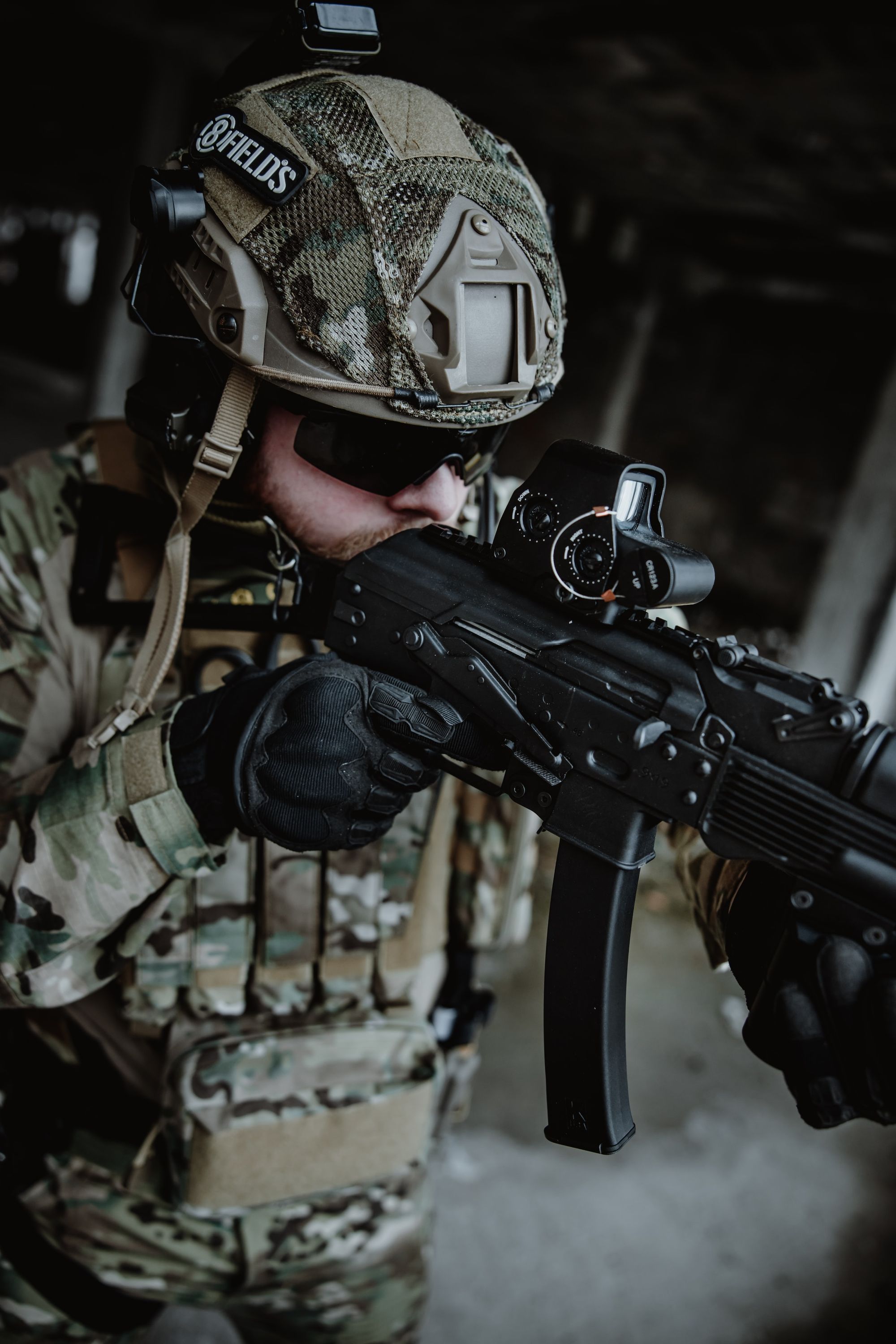
Your Friends,
LoveNatureReviews Team






